It’s telling that the word ‘container’ was the brief given to Giorgetto Giugiaro and Aldo Mantovani of Italdesign when Fiat charged the outside firm with creating a new small car. Without straying from that dictum, the Fiat Panda’s creators came up with something that was, in looks and purpose, a box on wheels. Like the Mini, the Citroën 2CV, and the Fiat 500 that came before, the Panda put function well ahead of form in its priorities, yet this adherence to such a simple remit gave us a car that appealed to a diverse range of buyers and remained in production for 23 years.
The launch of the first-generation Panda took place early in 1980 and generated 70,000 orders straightaway. The boxy, clean lines were matched by flat glass for every window, including the windscreen, which also made do with a single wiper in the pursuit of simplicity. Inside, hammock-style front seats kept weight down so the Panda tipped the scales at just 650kg, while the adaptable rear bench could be altered to suit different passenger needs or removed completely. With the back seat out, the container nature of the Panda was obvious, as it could carry up to 1000 litres of cargo inside its compact body, which was just 3.38 metres long from tip to tail.

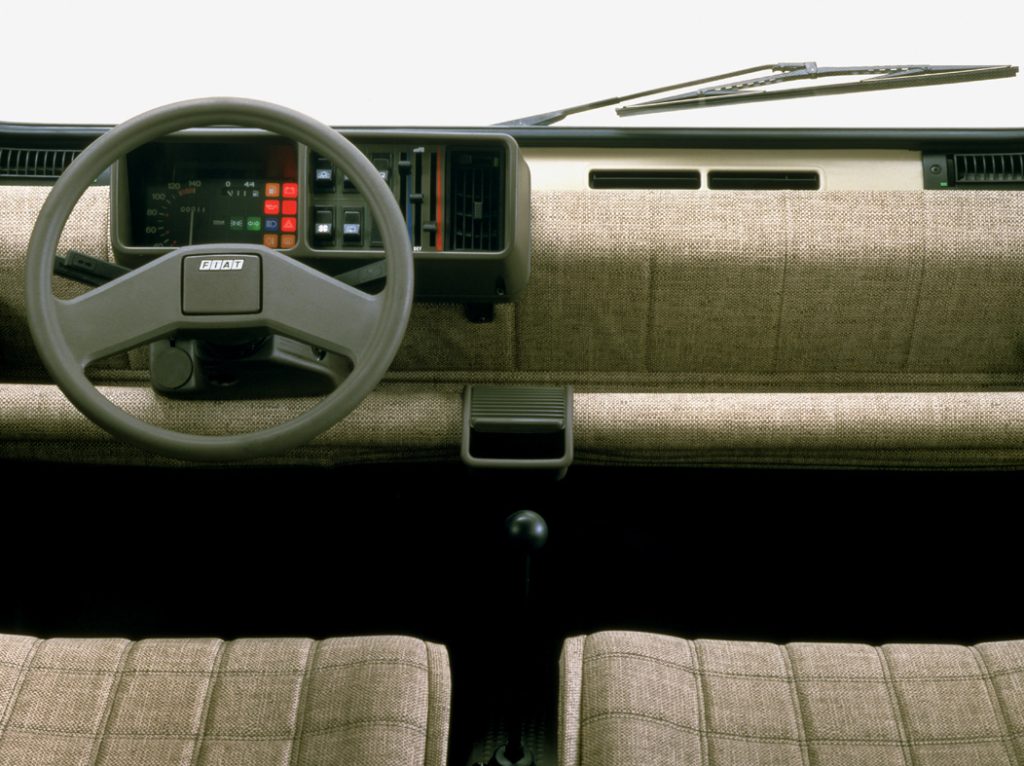
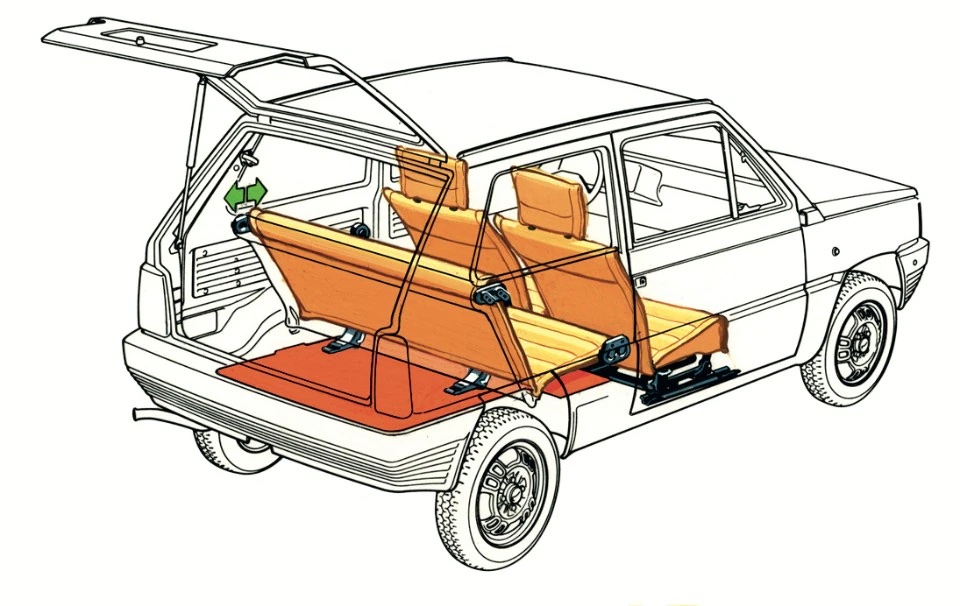
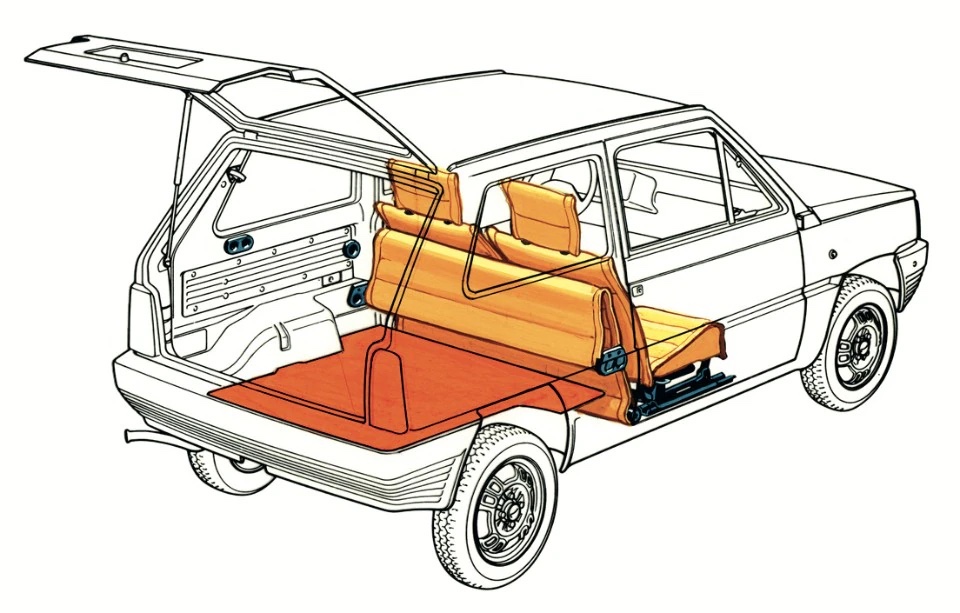
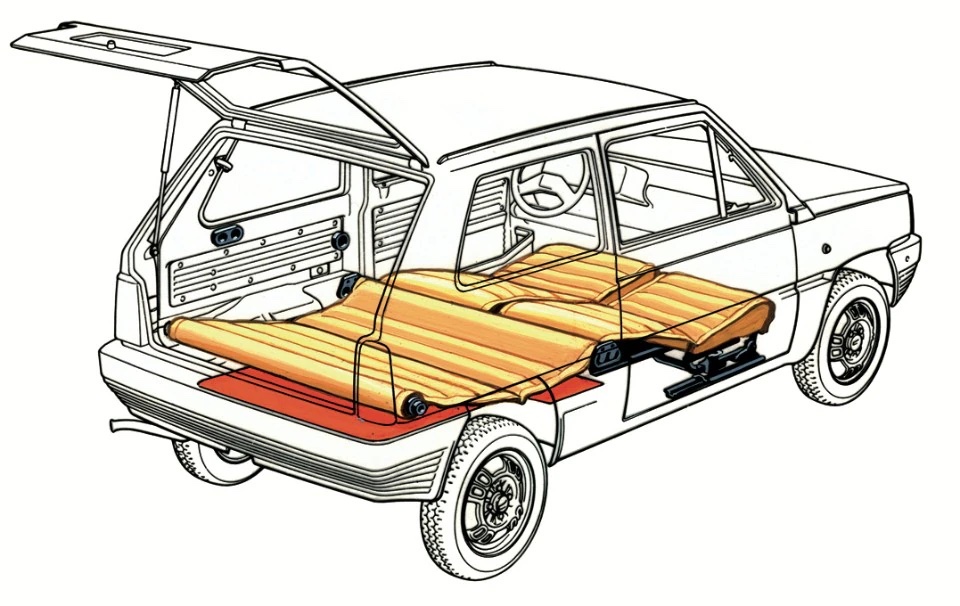
Fiat pared back the Panda in other ways to save money and weight. The dash had a full width pocket and the binnacle sat in this, making it easy to build left- or right-hand-drive models while also maximising storage and passenger space. Under the bonnet, the initiative to build the Panda as cheaply as possible perhaps went too far by recycling the 652cc air-cooled twin-cylinder engine from the Fiat 126. Called the Panda 30, this model was slow even by the standard of 1980, and it was not sold in the UK. Instead, UK customers were offered the 903cc Panda 45 version, which borrowed its engine from the 127. A quick way to spot the difference between these two models now: The 30 has its offset front grille slats on the left, and the 45 has them on the right side of the front panel.
For 1982, Fiat bridged the gap in the engine range with the Panda 34, which used an 843c motor, but this was only sold in a select number of mainland European markets. A bigger upgrade was the 45 Super of 1982 that offered a five-speed manual gearbox in place of the usual four-speeder. Then, in 1984, the Panda 4×4 arrived with its utilitarian approach to travelling over rough terrain. The 4×4 may have been simple and missing a low-ratio transfer box, but it had a very low first gear, and its light footprint meant it could scamper across off-road ground where larger 4x4s had to plug their way through.
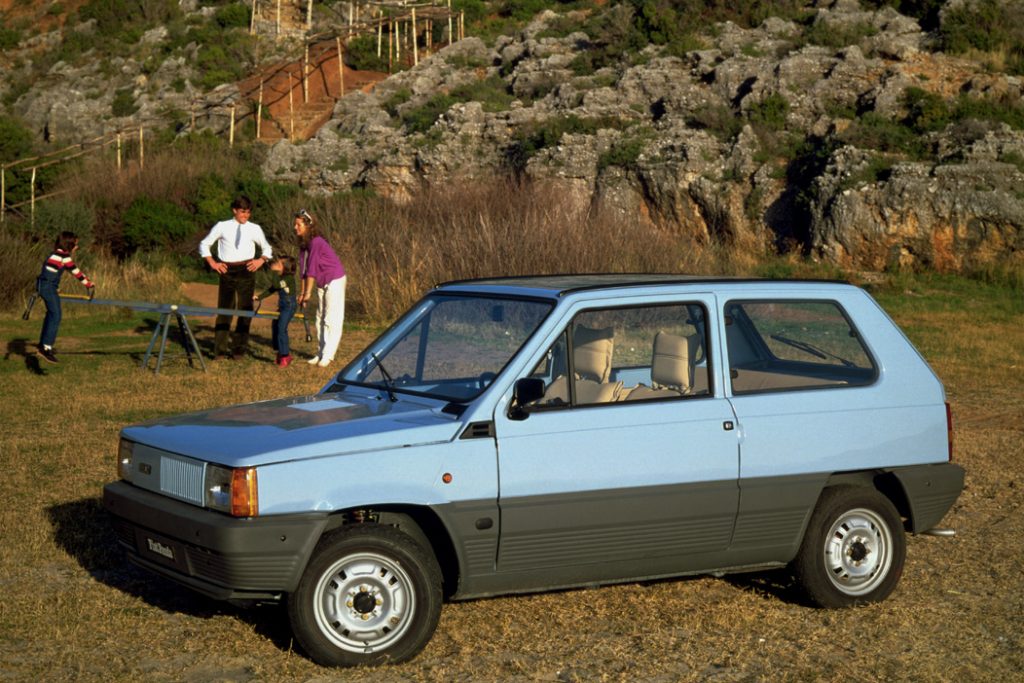
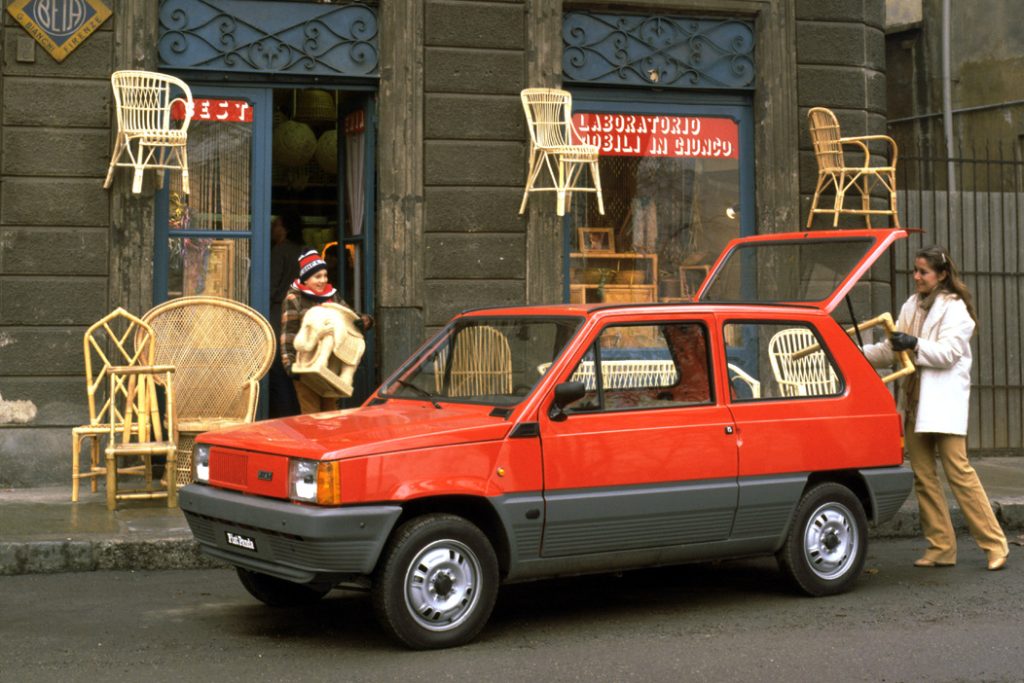
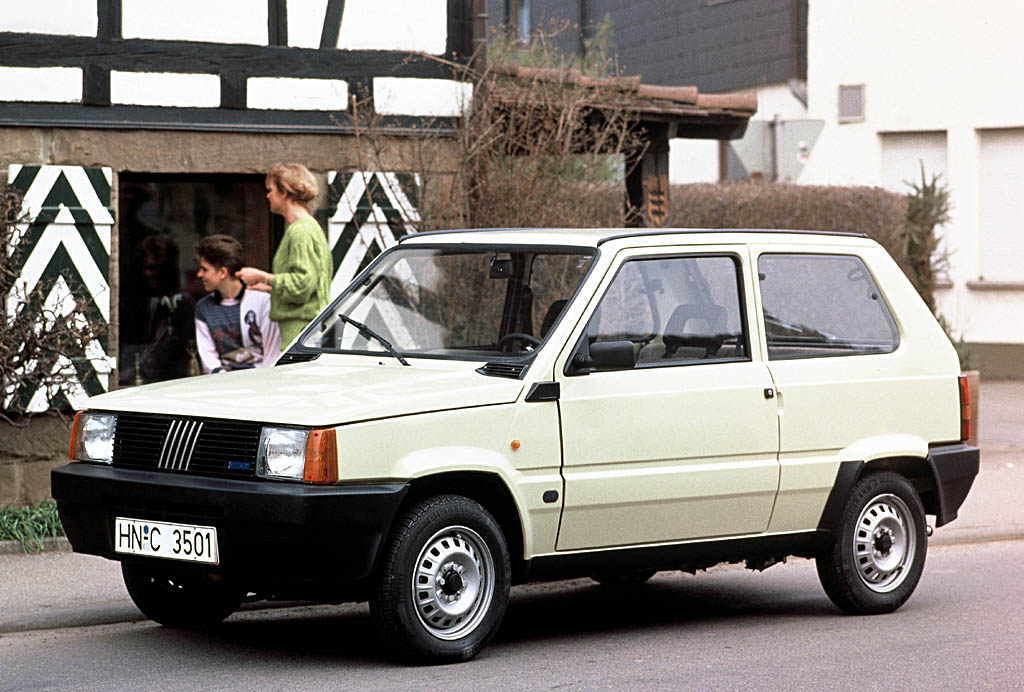
For 1986, Fiat facelifted the Panda range with a full-width front grille, new headlights and, most importantly, uprated suspension shared with the Lancia Y10. This latter change greatly improved ride comfort and handling, though the 4×4 stuck with its leaf spring rear end. There were also new 769- and 999cc fire engines.
A final round of updates for UK-bound Pandas came in 1991 with the option of a continuously variable transmission (CVT) coupled to an 1108cc engine. A year later, the 4×4 ceased sales in the UK, and the remainder of the Panda range soldiered on in British showrooms until 1995, to notch up 161,501 UK sales. However, it wasn’t until September 2003 that the last first-generation Panda left the Fiat factory – just as the second-generation Panda was ramping up. By then, Fiat had shifted around 4.5 million of its ‘container’ on wheels.
What’s a Panda like to drive?
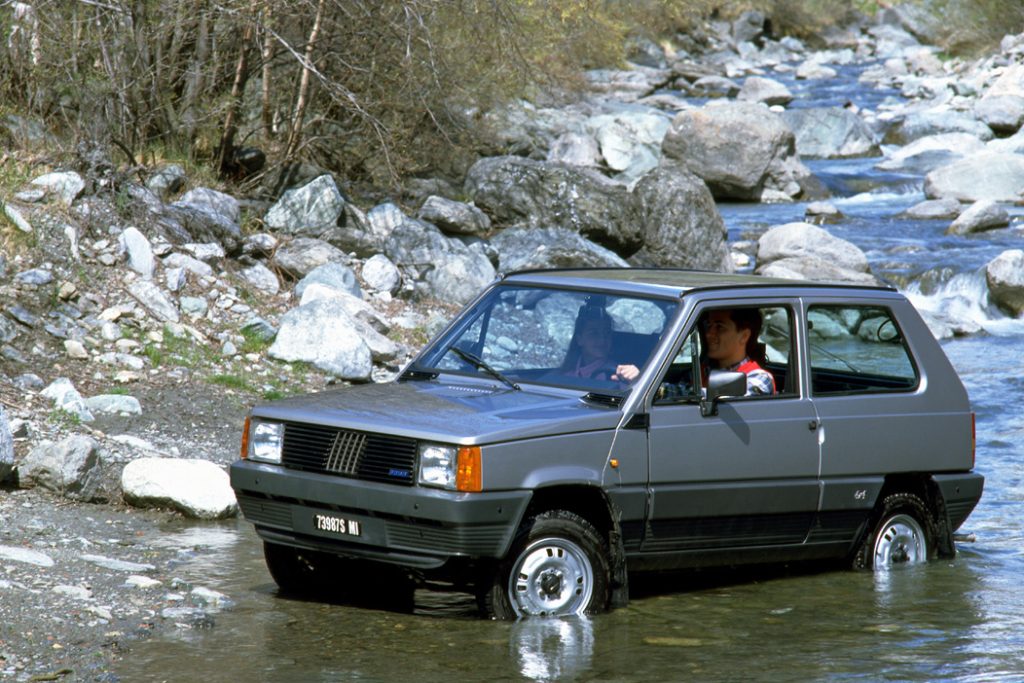
There is a trade-off to be made when deciding which first-generation Fiat Panda works for you. Do you want the purity of looks of the original or a 1986-on facelifted car that is, frankly, a lot better to drive? Of course, if you go down the 4×4 route, that facelift had little bearing on how the car behaved, whatever terrain it was dealing with.
Starting with the earlier Pandas that all rode on leaf-spring rear suspension, you’ll find the ride is quite bouncy, unless there are a couple of passengers in the rear. Thankfully, the front end feels more in tune with the road, so you can push into corners more than initially feels possible. Make the most of the front end’s grip, though, and the inside rear wheel is likely to bob about in fresh air due the remarkable angles of lean you can induce in the Panda. With the 4×4, there’s a little less of this behaviour but a ride that is less supple on-road. Off-road, well, the 4×4 is very able and encourages you to explore deeper into the backwoods than you’d ever feel comfortable in a modern, large SUV.
Opt for the 1986-on updated Panda, sometimes referred to as the MkII, and its independent coil-spring rear end delivers a much better drive. The ride is more composed and gives the Panda a feel of a contemporary supermini rather than something from the 1960s. There’s still plenty of body lean, but the tall-sided profile also means you remain comfortably upright.
All of the engines in the Panda that came to the UK are happy to rev, and the four- or five-speed manual gearboxes have a light, if slightly clunky shift. The CVT auto is a less impressive set-up and should be viewed more as a curio if you do come across one. Disc brakes up front offer decent retardation, and the steering is light thanks to the slim tyres and low weight of the car. Press on in a Panda and you can keep up with motorway traffic, but it will be a noisy time, so better to settle into a 60mph groove for greater refinement, economy, and sympathy to moving parts.
How much does a Panda cost?
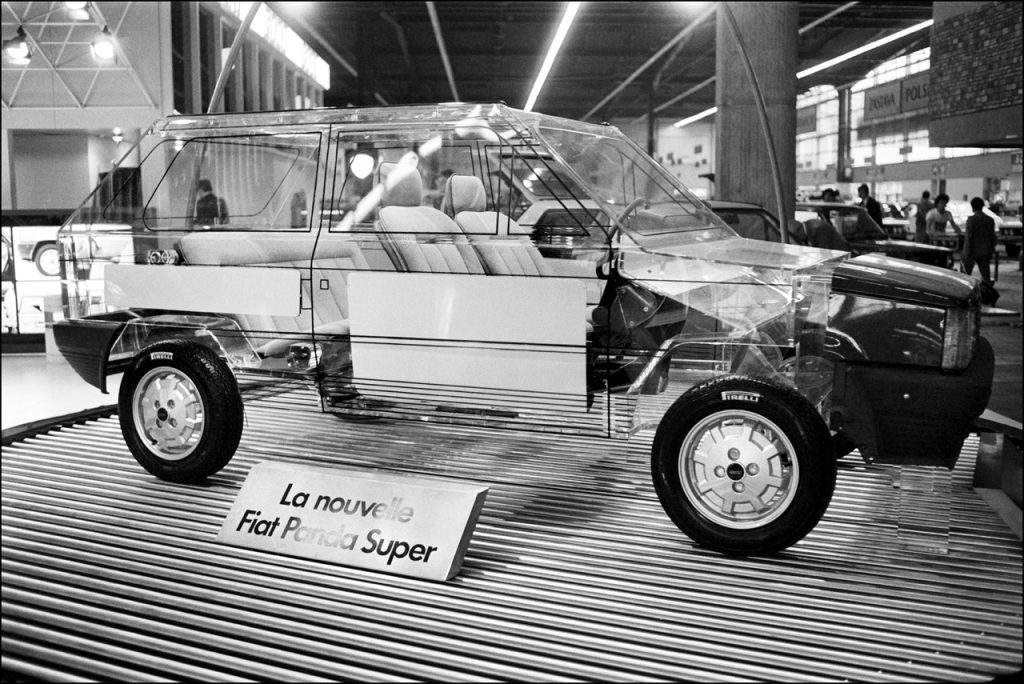
Early pre-facelift Pandas are the choice of collectors and purists, but they are much fewer in number, so expect a premium for these models. A pristine example will fetch around £6000 in today’s market, which is still something of a bargain next to the Citroën 2CV or Mini. Half that sum will get you a usable car to enjoy and improve.
Later 750 and 1000 versions of the Panda fall into the same price bracket, though you will pay more for the rare Italia ’90 limited edition made to celebrate that year’s World Cup.
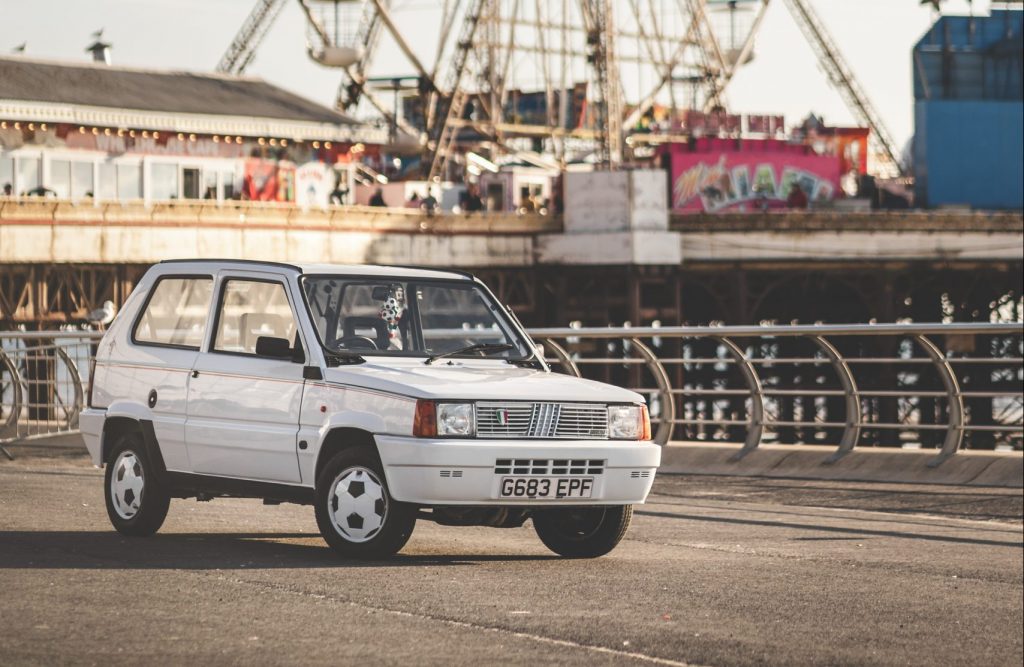
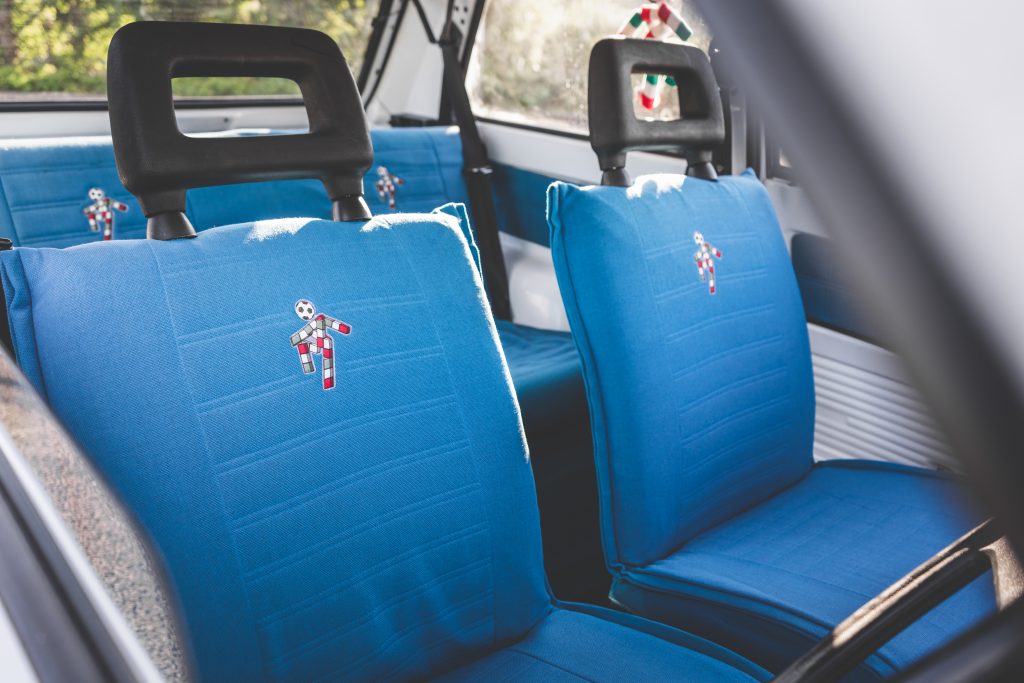
The Panda 4×4 is a different ball game. Around £3500 will get you into a running and driving car, but you’re more likely to spend around £6500 for one in decent shape that you’d still be happy to take off-road. For one that will get you attention at the local coffee meet, reckon on paying £9000, while the very best are now changing hands for £12,500 as the legend of the 4×4 grows.
What goes wrong and what should you look for when buying a Panda?
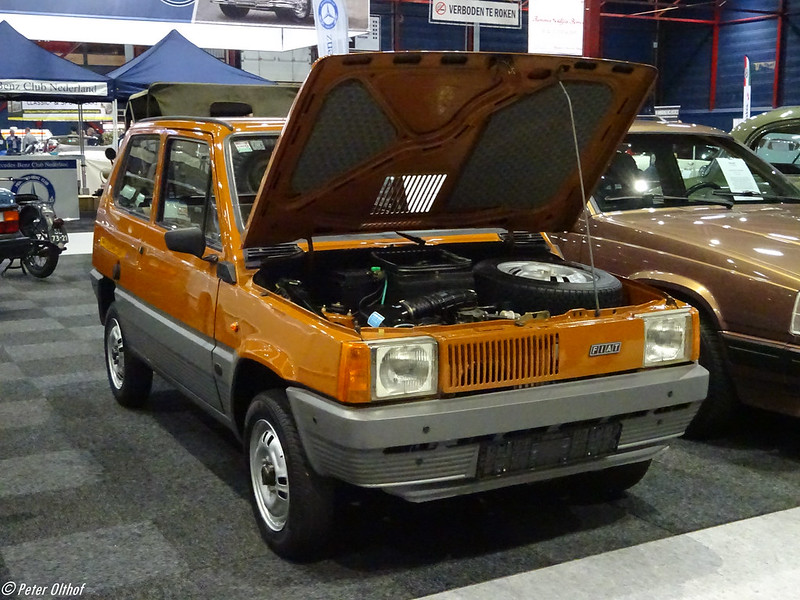
The simplicity of the Fiat Panda means it wears its faults on its sleeve, so it should be relatively easy to gauge a car’s condition with a thorough driveway inspection. First up is the bodywork. The flat panels will quickly reveal any dents or rust, but check for filler with a magnet that could be hiding deeper scars, especially on the 4×4 both topside and underneath.
Rust is the main concern with the bodywork, and you need to look closely at the bottoms of the doors, boot lid, sills, bonnet edges, and all around the wings and inner wheel arches. If they check out and are solid, move on to inspecting the floorpan and boot floor, as well as the inside surfaces of the inner wings. With that all complete, make sure the exterior trim is all present, as it’s difficult to source now. The same applies to the interior, which may be very simple in its design but finding original replacement upholstery and instrument pods is tricky.
There’s better news where the engines are concerned. Shared with several other Fiat models, parts are plentiful and the engines are all durable. UK buyers were not offered the sluggish 652cc twin-cylinder engine, though some have been imported by enthusiasts and parts are available for this engine form 500/126 specialists. With the 903cc engine, listen for rattles that point to a worn timing chain or valve gear. It’s not a deal breaker, however, as parts are cheap to cure these ailments. Also keep an ear out for any crunching as you change gear, which indicates the synchromesh is giving up. A replacement second-hand gearbox is a cheaper option than a full rebuild. The 4×4’s transmission is noted for its toughness, so just feel for any slop or wear in the propshaft and differential as the drive engages.
A hard used 4×4’s suspension may well have sagged at the back, but replacement leaf springs or retempering the originals will cure this. The rest of the running gear – brakes, steering, suspension – is all simple to look after, repair or replace, and parts are very affordable.
Which is the right Panda for you?
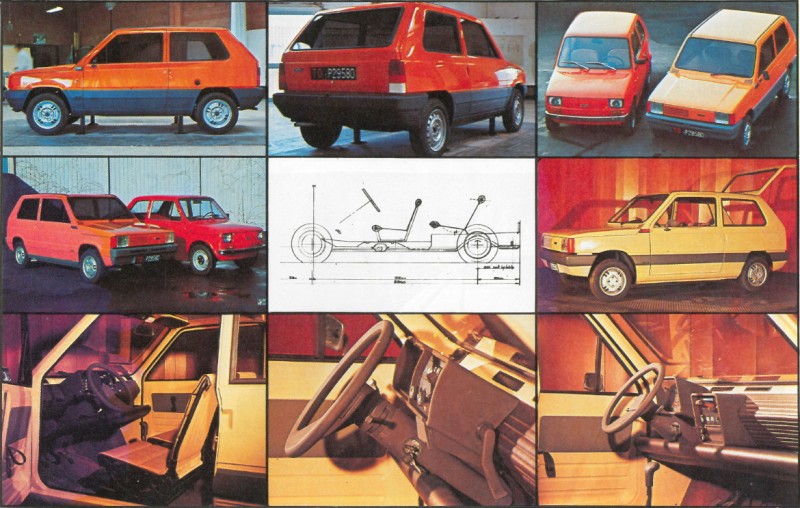
There is an undoubted charm to the simplicity of a very early Fiat Panda. Its lack of frills or pretension is very much in the same mould as the early Mini or Citroën 2CV – or even the Land Rover Series I or II, if you opt for the Panda 4×4. However, this is balanced by the rarity of the early cars, which makes finding one in good condition a hard task. As a result, we’d look for a 1986-on facelifted car with the more willing engines and modicum of greater cabin goodies. These later examples also have the improved suspension for a much better drive, and they are around in greater numbers to give you more choice when buying.
The 4×4 is the darling of the Panda breed, which is reflected in its much higher prices. The attraction lies in its trundle-anywhere ability that still makes it fun to use now. If you don’t need to be anywhere in a hurry and want a usable year-round classic, the 4×4 is the one we’d choose, particularly the Sisley model that arrived in 1987 with its more generous standard equipment.
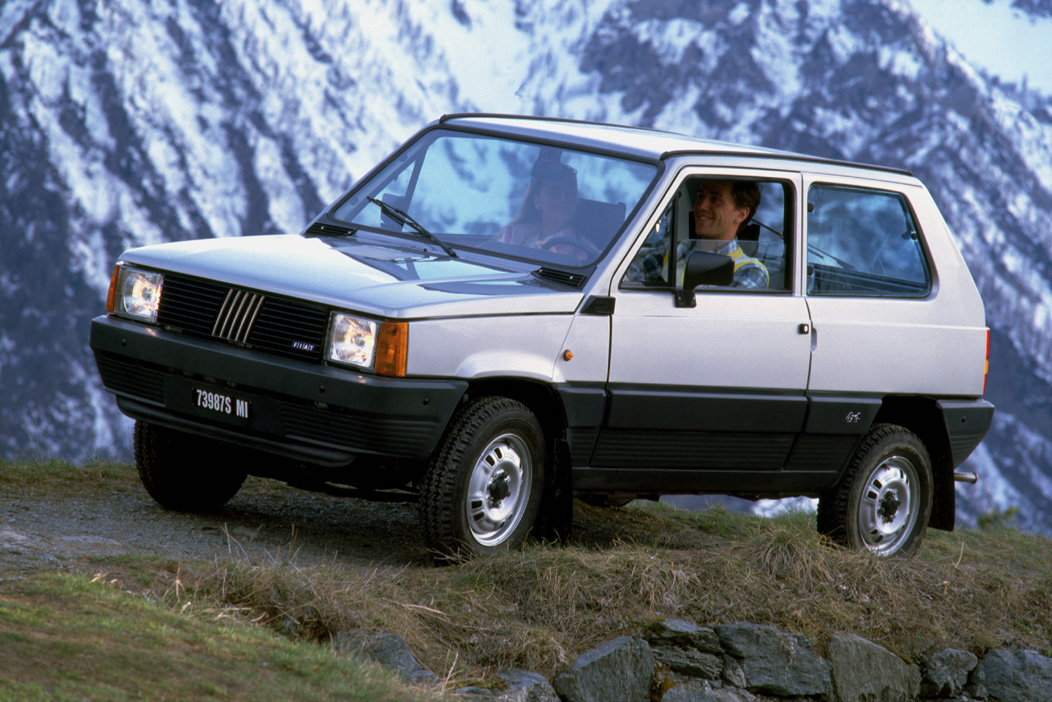









Loved the Panda from day 1 – still remember its press launch in N. Wales (wish I’d kept the umbrella) when I was the (ahem) ‘motoring correspondent’ for the Ormskirk Advertiser
Great article enjoyed the read. I have an 87 MK2 4×4 in excellent condition 59,000 miles, love it .
There’s also the Seat Marbella – Spanish built Panda – if you can find one.
Updated (1986-on) Pandas do not have independent rear suspension. They use a swept-back solid beam, located by semi-trailing arms and a central rubber bush – essentially the same as the Saab 96. (Saab claimed that this system gave many of the advantages of independent suspension, but without the complexity.)